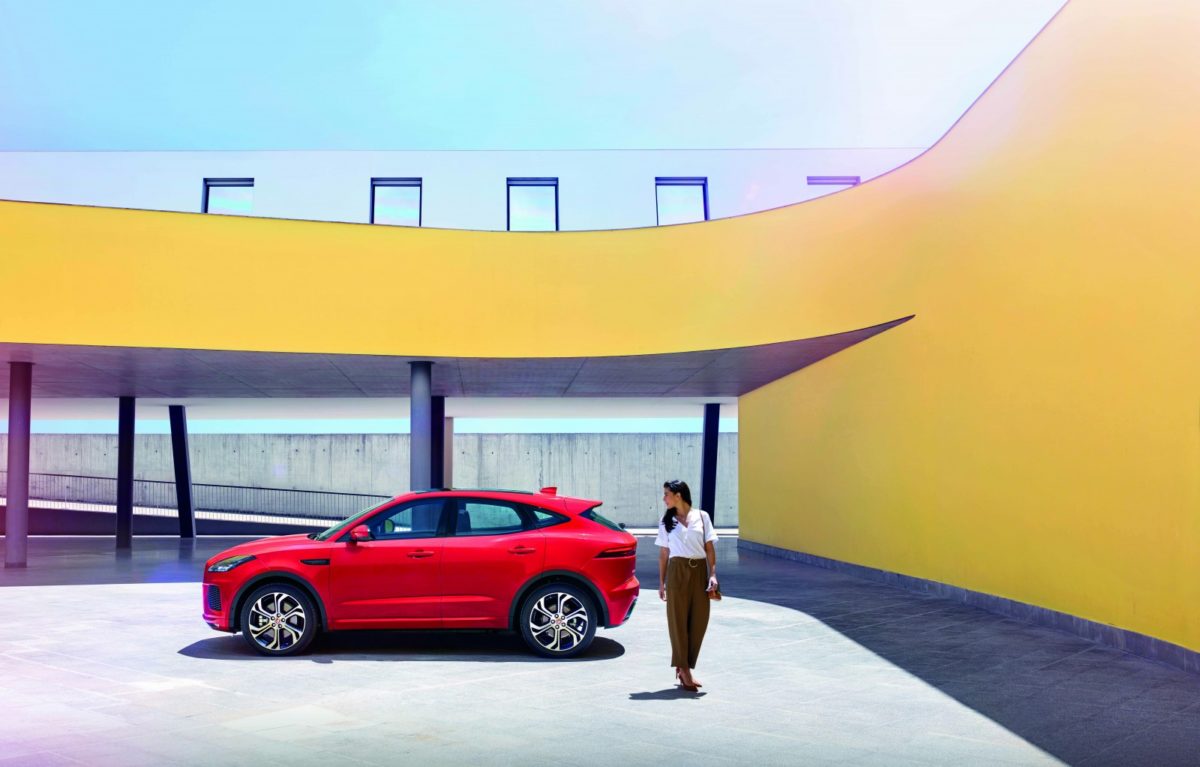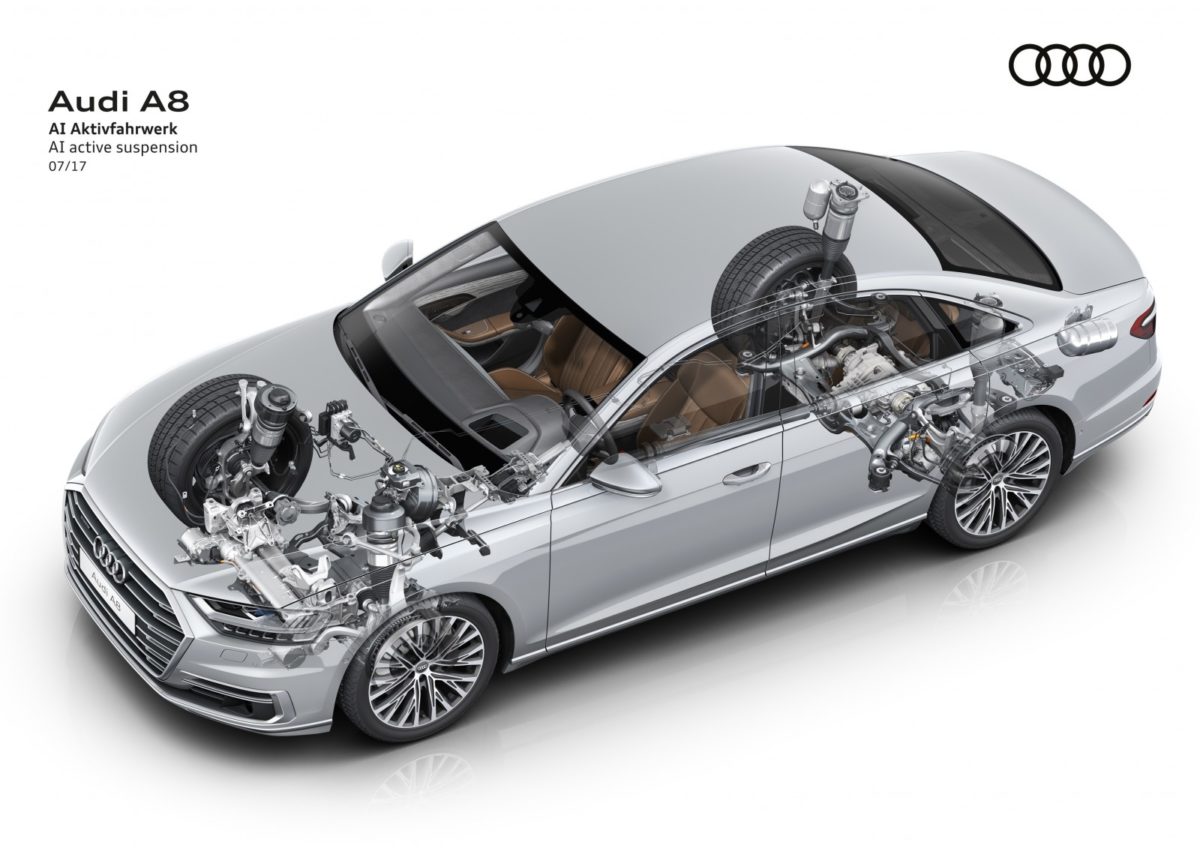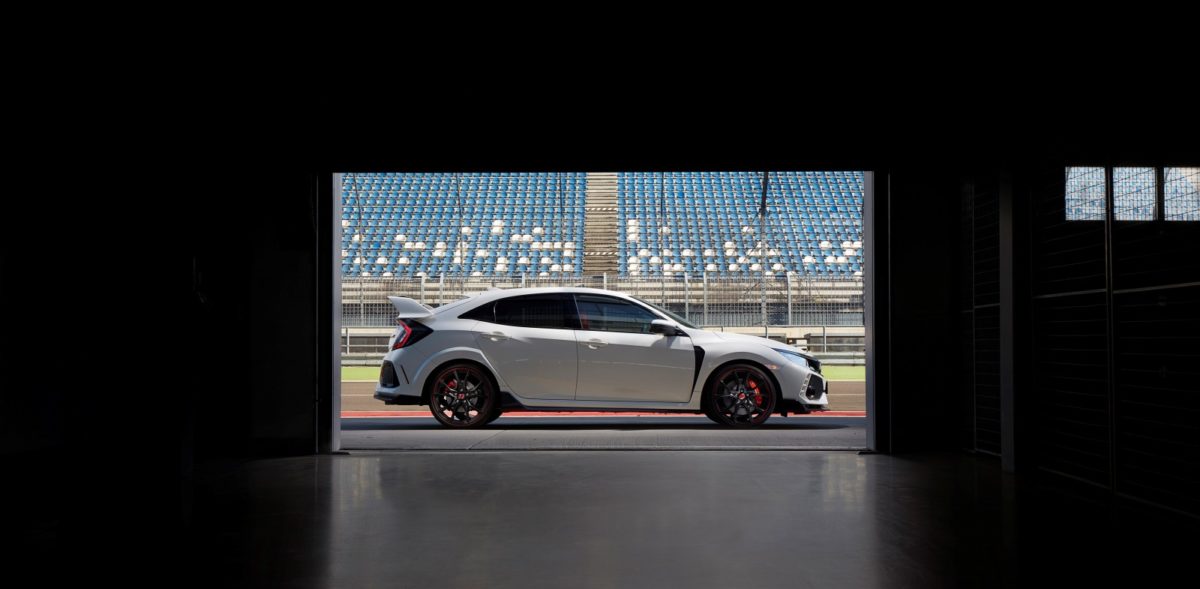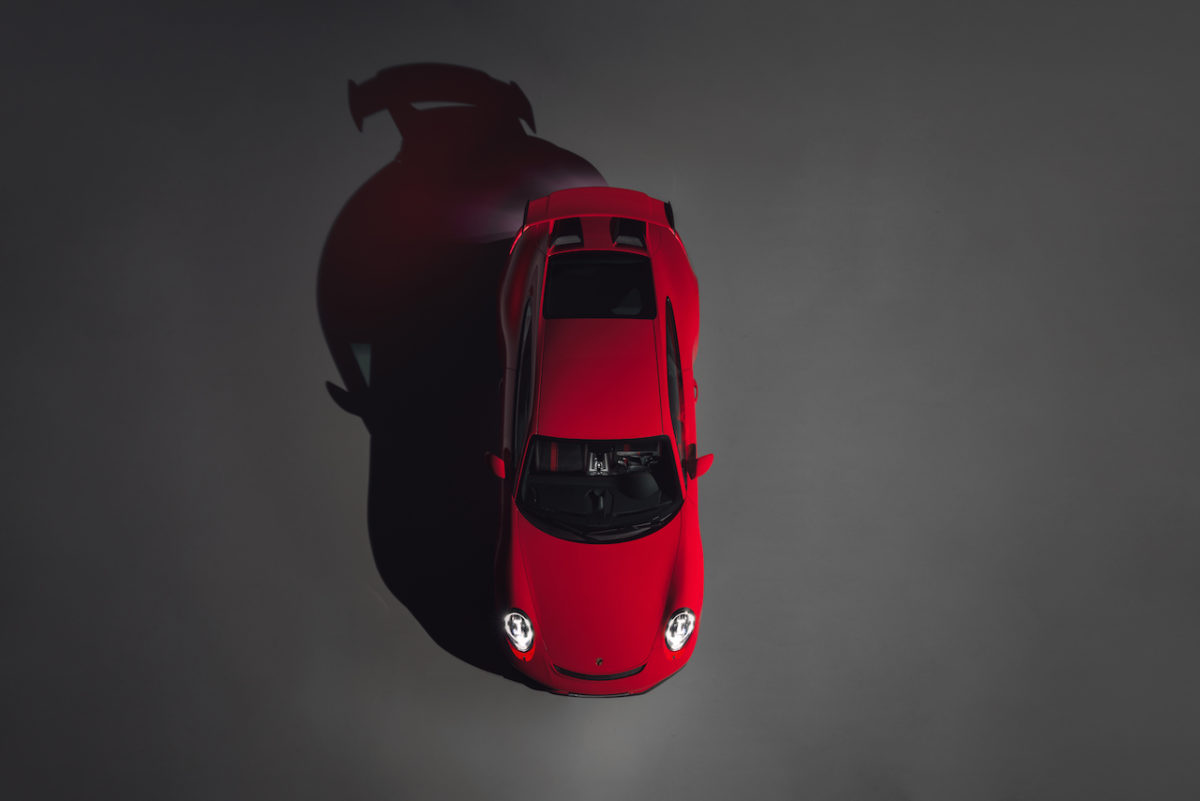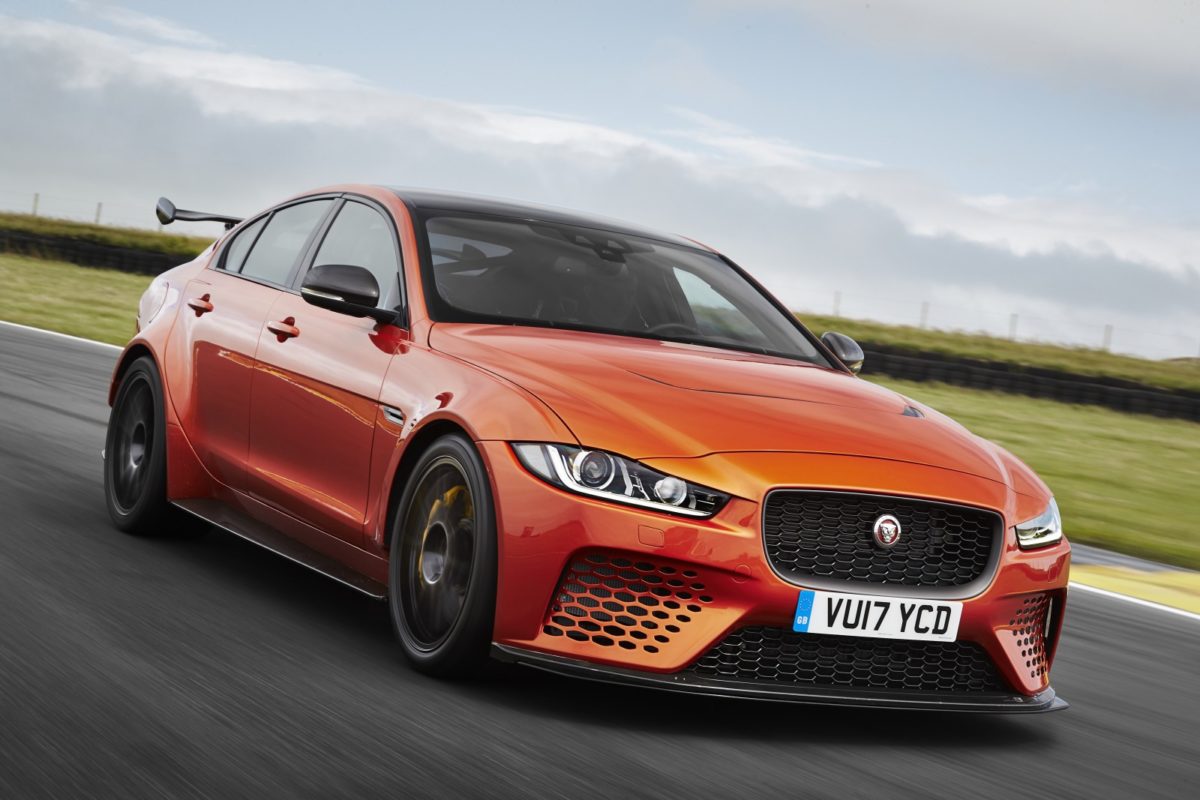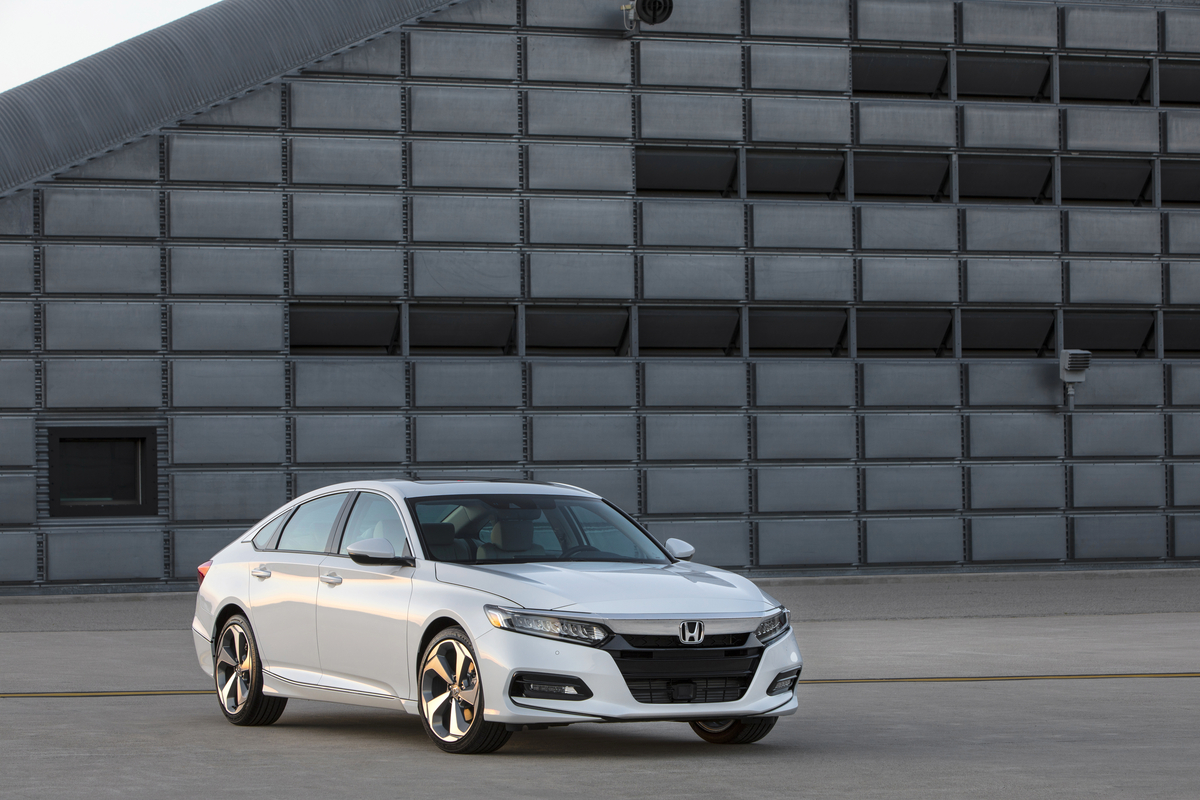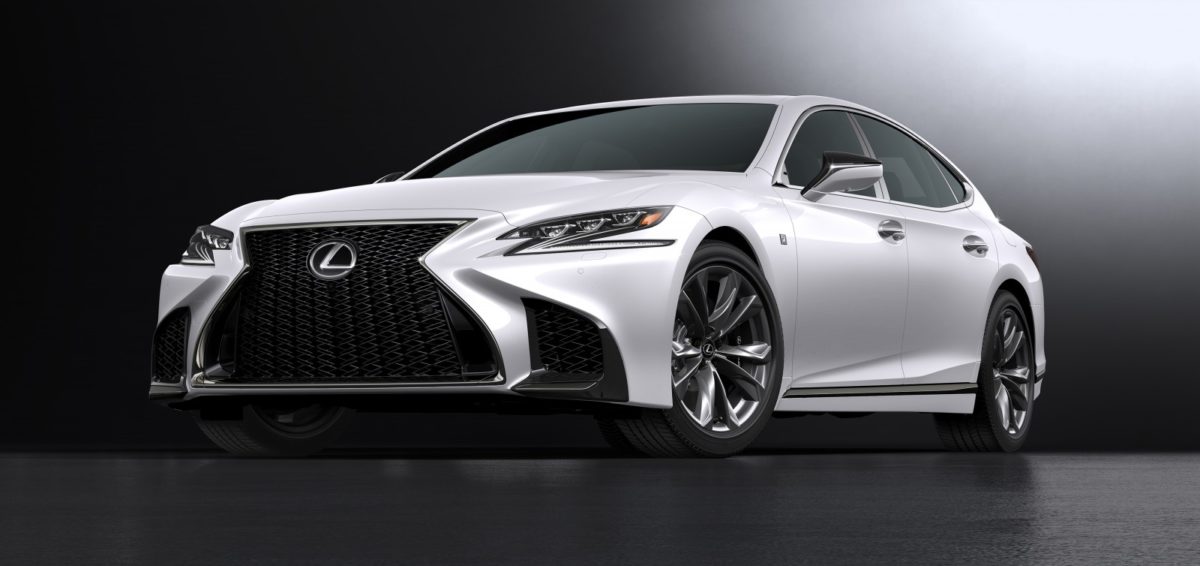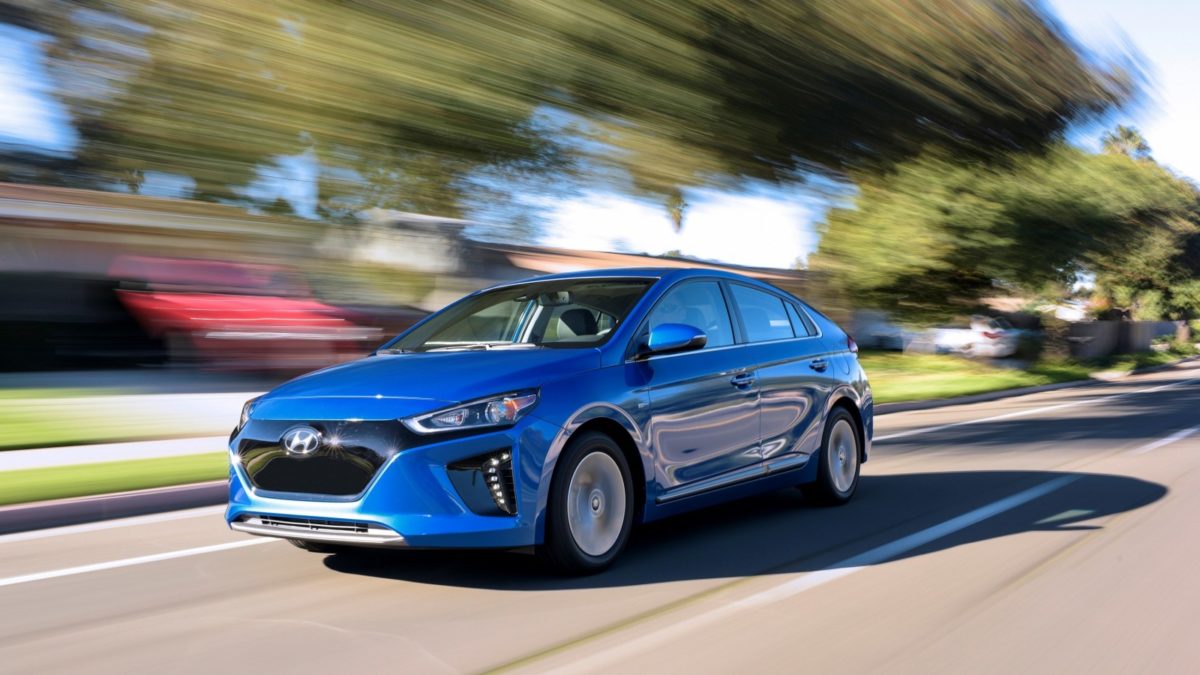Infiniti Q50 receives enhancements for 2018
Four years after the initial launch of Infinity’s luxury sports sedan, the company is giving the Q50 a well-deserved facelift. And the exterior changes differ, depending on whether customers opt for either the Luxe or Sport grades.
“Its benchmark performance and athletic styling make it an important cornerstone in our product line. We are excited to get this newest sports sedan in the hands of our fans when it arrives in INFINITI showrooms later this summer,” said Infiniti Americas vice president Randy Parker.

Some of the upgrades fall uniformly across all models, like the updated signature double-arch grille that features more texture and detailing in the chrome surround and centre mesh, and slimmer rear LED tail lamps lifted from the Q60.
To separate the two main trim levels, those designed with Sport, which includes the top-of-the-line Red Sport 400, receives accoutrements to increase performance and enhance appearance. The front bumper contains additional aerodynamic lines, corner splitters and lower, wider side air intakes. The door mirrors are blacked out, and at the rear, a section of dark metallic trim sits between the twin exhaust pipes.

Designers have sought to raise the level of refinement inside the Q50, adding authentic, natural wood to the dashboard rather than the usual high gloss veneer. The instrument cluster is shrouded in double-stitched leather. Further influence from the Q60 can be found in the cabin such as a new steering wheel boasting thumb grips and more ergonomically shaped paddle shifters. The “double wave” gauge hood has been reshaped to fit the slightly elongated centre console.
The powertrain selection remains the same — consumers are still treated to a large selection of engine offerings. Four to be exact: at the top, a 3.0-litre twin turbo V6 making 400 horsepower, a similarly set up mill with 300 horsepower, a turbo 2.0-litre four-cylinder producing 208 horsepower and 3.5-litre V6 hybrid that has a combined output of 360 horsepower.
Approximately 210,000 Q50s have been sold since first being released in 2013. Look for the 2018 model to arrive in the coming weeks.






